My friend and I are having a heated debate.
On the one hand, he thinks that a microwave oven that is empty, consumes almost no power (not considering lights, lcd, etc). He says that once you put an item in the oven, such as a glass of water, the oven will begin to consume more power as the magnetron must output more energy to heat the contents. Basically, he says that the power consumption of the magnetron in a microwave oven is directly proportional to the mass of heat-absorbing molecules inside the oven.
On the other hand, there is me. I think that the magnetron is always outputting what it's rated for (in an ideal world). I believe that an empty microwave simply dissipates its energy as heat through the chassis. I made the analogy of a radio tower that when transmitting, is always doing so at the same power regardless of the amount of listeners.
Both of us have come up with some interesting arguments, but neither of us are engineers and lack the knowledge to prove our theories.
So we turn to you!
Thanks!
